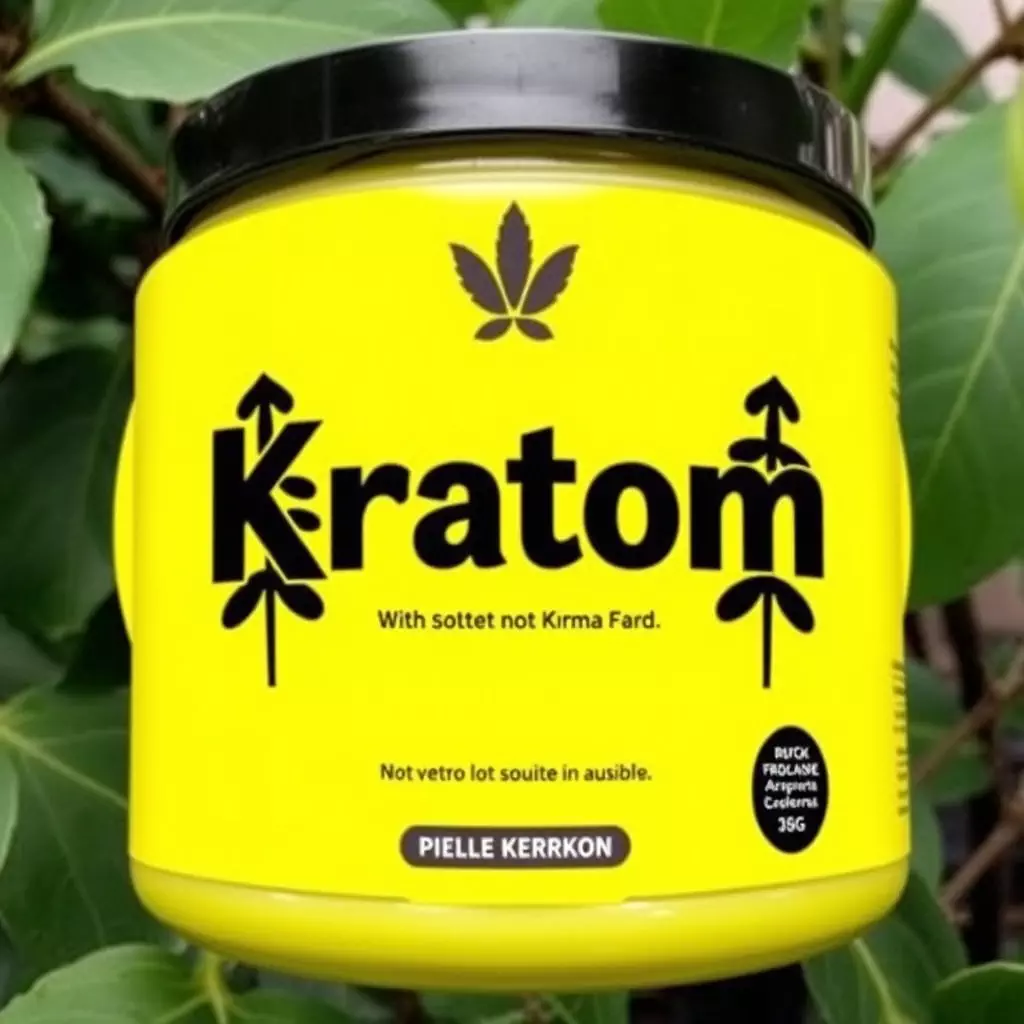Muscle soreness can arise from various causes, ranging from acute pain after exercise to chronic discomfort due to health issues or overuse injuries. The mechanisms behind muscle soreness involve inflammation, oxidative stress, and energy depletion. Kratom, a supplement derived from the Mitragyna speciosa tree, has been explored for its potential to alleviate muscle soreness, primarily through its active alkaloids mitragynine and 7-hydroxymitragynine, which may engage with opioid receptors for pain relief.
To use kratom safely for muscle soreness, it's important to start with a low dose to gauge individual sensitivity and adjust as needed, avoiding its use as a substitute for professional medical advice for severe or chronic conditions. Users must comply with local laws regarding kratom, as its legality varies by region. Safety is paramount, necessitating consultation with healthcare providers, especially when taking other medications or dealing with underlying health concerns. Proper dosing and cautious usage are crucial for realizing the potential benefits while minimizing risks. A holistic approach to using kratom includes maintaining a balanced diet with anti-inflammatory foods, staying hydrated, engaging in regular physical activity, incorporating stress management techniques, and considering alternative therapies to enhance its effects for muscle recovery. This comprehensive strategy aims to support overall health and well-being while managing muscle soreness effectively.
Exploring the intersection of natural remedies and musculoskeletal health, this article delves into the potential of kratom supplements for muscle soreness relief. As we journey through the science behind muscle soreness and the mechanisms by which kratom may offer therapeutic benefits, readers will gain insights into safe dosage guidelines tailored for alleviating discomfort. Additionally, we will discuss how incorporating kratom sensibly can complement a holistic strategy for effective muscle soreness management. Whether you’re an athlete or someone seeking relief from everyday aches, understanding how to use kratom safely is key to harnessing its potential for well-being. Join us as we navigate the role of these supplements in your path toward recovery and comfort.
- Understanding Muscle Soreness and the Role of Kratom Supplements in Relief
- Safe Kratom Dosage Guidelines for Muscle Soreness Alleviation
- Integrating Kratom into a Holistic Approach for Muscle Soreness Management
Understanding Muscle Soreness and the Role of Kratom Supplements in Relief

Muscle soreness can manifest in various forms, ranging from acute pain following intense physical activity to chronic discomfort due to underlying health issues or overuse injuries. The mechanisms behind muscle soreness are multifaceted, often involving inflammation, oxidative stress, and the depletion of energy reserves during exercise. Understanding the root cause is crucial for developing effective relief strategies. Kratom supplements have gained attention in athletic and wellness communities as a potential aid for muscle soreness relief. Mitragynine and 7-hydroxymitragynine, two active alkaloids found in kratom leaves, are believed to interact with the body’s opioid receptors, potentially offering analgesic effects that can help manage pain.
When incorporating kratom into a wellness regimen for muscle soreness relief, it’s imperative to use these supplements responsibly and safely. The appropriate dosage varies based on individual tolerance, the severity of muscle soreness, and the specific kratom strain used. It’s recommended to start with a low dose to gauge effects before adjusting as necessary. Additionally, users should be aware that while kratom may offer temporary relief from pain, it should not replace medical advice or treatment for persistent or severe conditions. Adhering to local laws and regulations regarding kratom use is also essential, as its legality varies by region. To ensure safety, individuals should consult with a healthcare provider before integrating kratom into their routine, especially if they are taking other medications or have pre-existing health concerns. Proper dosage and responsible usage are key to harnessing the potential benefits of kratom supplements for muscle soreness relief while minimizing risks.
Safe Kratom Dosage Guidelines for Muscle Soreness Alleviation

When exploring kratom as a supplement for muscle soreness relief, adhering to safe dosage guidelines is paramount. Kratom, derived from the leaves of the Mitragyna speciosa tree, has been traditionally used in Southeast Asia for its potential pain-relieving and energizing properties. For those considering how to use kratom safely for muscle soreness alleviation, it’s crucial to start with a low dose to gauge individual sensitivity. Typically, a baseline dosage can range from 1 to 5 grams of kratom powder, which many users report as effective for mild muscle discomfort. However, as the condition persists or the level of soreness increases, the dosage may need to be adjusted cautiously; experienced users might tolerate a higher dose within the range of 5 to 15 grams. It’s important to note that individual tolerance varies, and factors such as body weight, metabolism, and personal physiology can influence how kratom affects you. Therefore, it’s advisable to proceed with caution and consider professional guidance when incorporating kratom into a muscle soreness relief regimen. Additionally, the frequency of use should be carefully managed to avoid dependency or adverse effects, as regular consumption at high doses over extended periods can lead to such issues. Always prioritize safe practices by sourcing high-quality, lab-tested kratom from reputable vendors and staying informed about the legal status of kratom in your region before use.
Integrating Kratom into a Holistic Approach for Muscle Soreness Management

When managing muscle soreness, integrating kratom into a holistic approach can offer a multifaceted solution. Kratom, derived from the leaves of Mitragyna speciosa, has been traditionally used for its potential health benefits, including pain relief. For those seeking how to use kratom safely as part of their muscle soreness management plan, it’s crucial to start with a low dose to gauge individual sensitivity. Kratom strains such as Maeng Da or Bali are often favored for their analgesic properties. It’s essential to consult with a healthcare provider before incorporating kratom into your regimen, as dosing and preparation can significantly affect its effects and safety profile.
Incorporating kratom into a holistic approach involves complementary practices that support overall well-being. This includes maintaining proper hydration, engaging in regular stretching or physical therapy exercises to promote muscle recovery, and ensuring adequate rest. Additionally, dietary considerations such as incorporating anti-inflammatory foods can further enhance the effects of kratom in alleviating muscle soreness. Regular exercise, stress management techniques like meditation or yoga, and possibly acupuncture or massage therapy can also be beneficial when used alongside kratom. A holistic approach ensures that the individual’s entire health profile is considered, leading to a more effective and balanced pain management strategy.
In conclusion, muscle soreness can be an impediment to maintaining an active lifestyle, but understanding its origins and employing effective relief strategies can mitigate its impact. Kratom supplements have emerged as a potential aid in managing muscle soreness due to their alkaloid profile, which may interact with the body’s pain receptors. To harness kratom’s benefits safely, adherence to recommended dosage guidelines is paramount. By integrating kratom into a comprehensive approach that includes rest, proper nutrition, and potentially other therapeutic modalities, individuals may find significant relief from muscle soreness. It’s crucial to approach the use of kratom with caution, as its effects can vary widely among users. Therefore, for those interested in how to use kratom safely for muscle soreness, it is advisable to consult healthcare professionals and follow best practices for supplementation. With careful consideration and responsible use, kratom may serve as a valuable component of a holistic approach to muscle soreness management.






